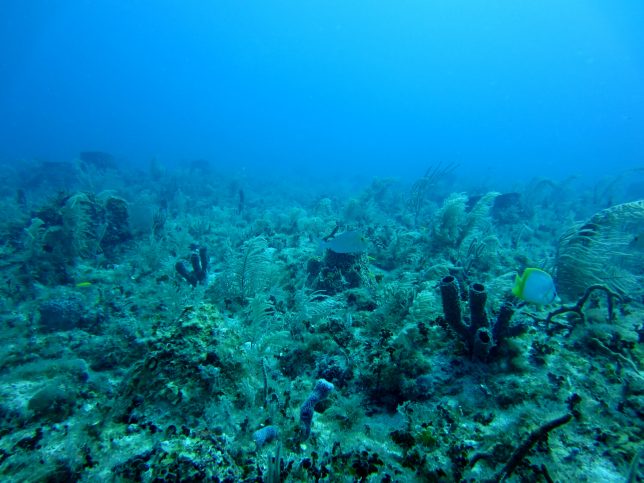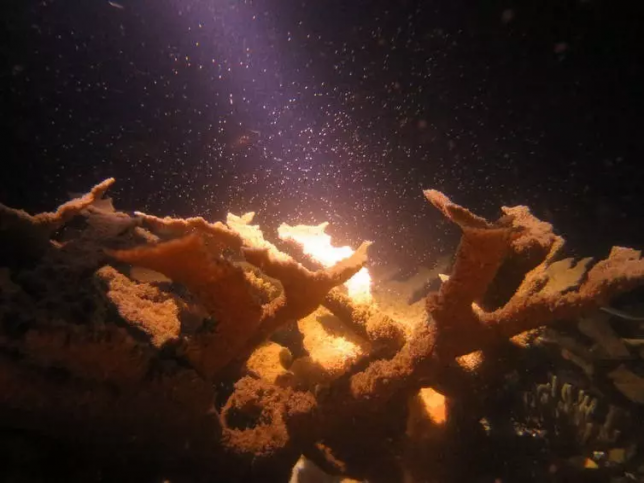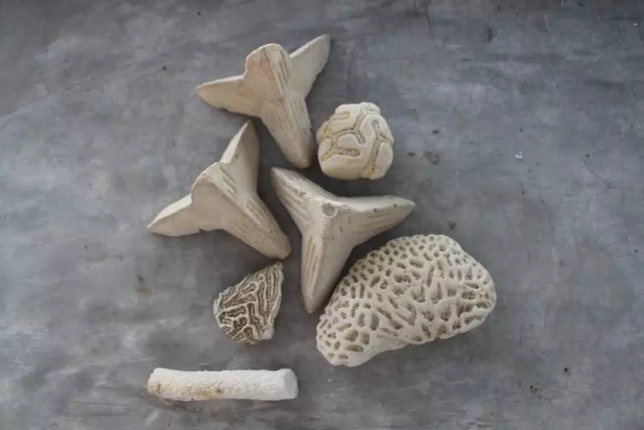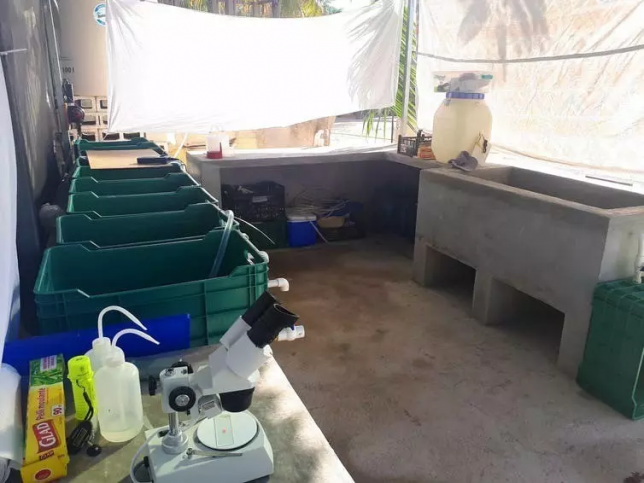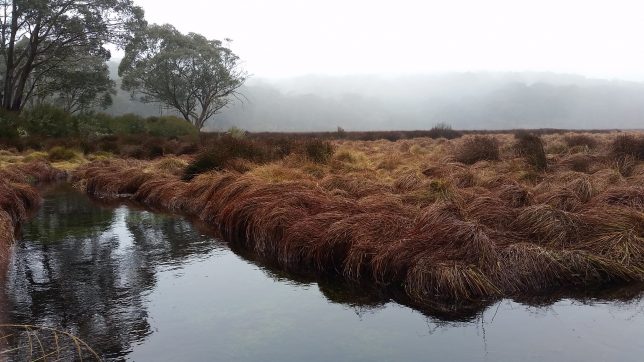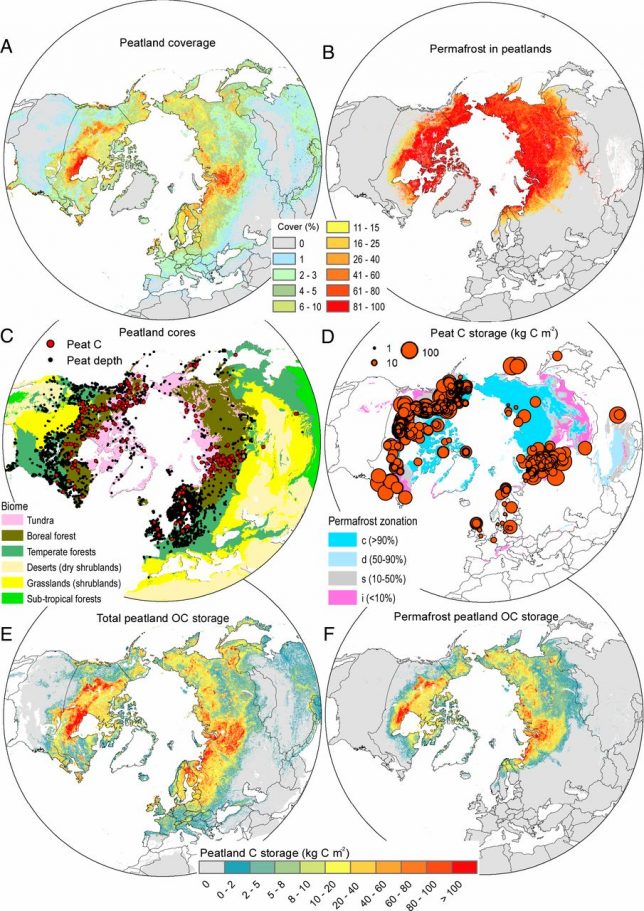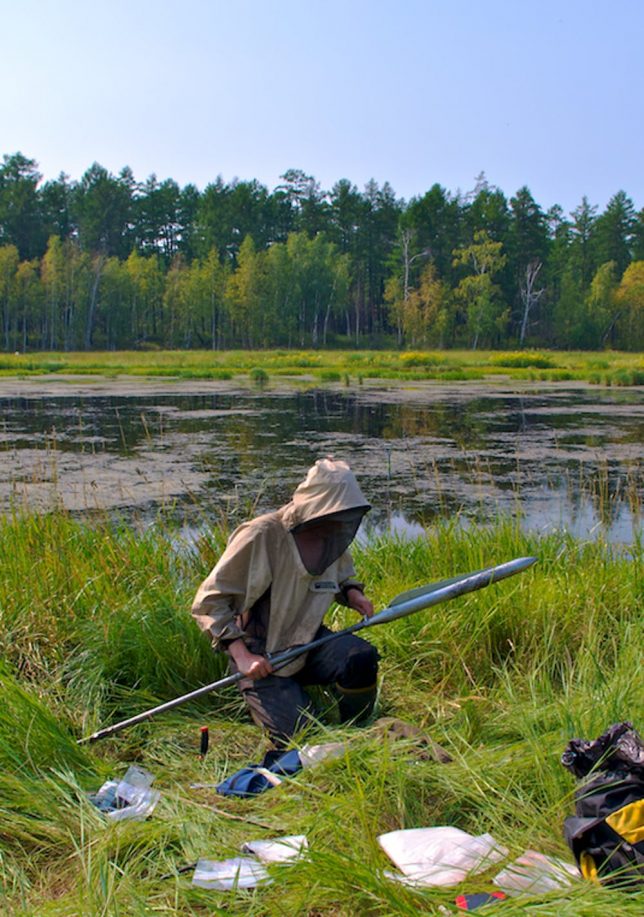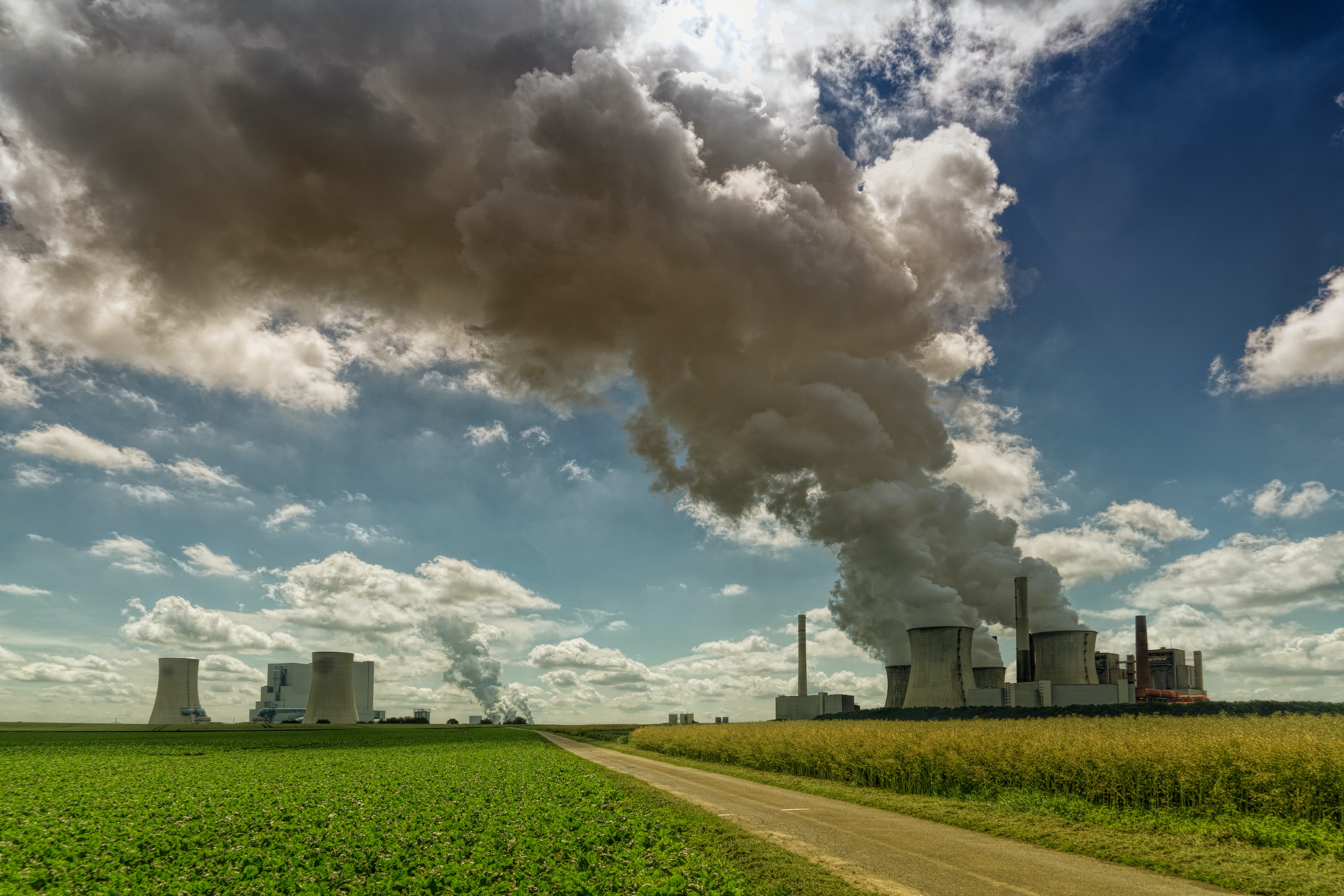
By Douglas Broom, Senior Writer, Formative Content, World Economic Forum (Public License).
- Burning fossil fuels is causing nearly one in five of all deaths worldwide.
- A new study found the death toll is almost twice as high as previously thought.
- China’s clean-air initiatives have saved 1.5 million lives, but the country still has the highest death toll.
- The researchers call on policymakers to make the switch to clean energy.
Fossil fuel pollution was responsible for almost one in five deaths in 2018, according to a new study which has prompted calls for governments and businesses to do more to switch to clean energy.
More than eight million people died as a result of breathing in minute particulate matter from burning fossil fuels in 2018, according to research from Harvard University, in collaboration with the University of Birmingham, the University of Leicester and University College London.
They found that particulate pollution was responsible for 18% of deaths in 2018, almost twice the level previously estimated. In 2016, the World Health Organization (WHO) put the global death toll from air pollution at 4.2 million.
We already know that more than nine out of 10 people live in areas where air pollution exceeds WHO safety levels. So how did the researchers arrive at such alarming figures for fossil fuel-related deaths?
The study took a new approach, using a 3D atmospheric modelling tool to pinpoint the greatest concentrations of fine particulate (PM2.5) pollution around the world, and combined that data with more accurate measurements of its effects.
Death toll underestimated
As well as confirming that regions with the worst air pollution have the highest rates of mortality, the study, published in the journal Environmental Research, found that the number of deaths in these regions had been underestimated.
Although China has achieved a dramatic reduction in particulate pollution – numbers almost halved between 2012 and 2018 – the country still emerged with the highest death toll (3.9 million) followed by India (2.5 million).
The study found that without its clean air initiatives, the death toll in China would have been even higher. As well as saving 1.5 million lives in China, the measures had also reduced deaths from particulate pollution outside the country by almost a million as well.
North America, Europe and Asia were also shown to suffer more deaths from particulates than previously thought. Overall, the study found higher mortality rates among people who suffered long-term exposure to fossil-fuel emissions, even at comparatively low levels.
Switch to clean energy
“Our study adds to the mounting evidence that air pollution from ongoing dependence on fossil fuels is detrimental to global health,” said Professor Eloise Marais of University College, London, one of the report’s authors.
“We can’t in good conscience continue to rely on fossil fuels, when we know that there are such severe effects on health and viable, cleaner alternatives,” she added.
Harvard Professor Joel Schwartz, another of the report’s authors, said that often discussion of the harmful effects of burning fossil fuels focused on CO2 emissions and climate change and overlooked the damage to health from pollutants emitted along with greenhouse gases.
“We hope that by quantifying the health consequences of fossil fuel combustion, we can send a clear message to policymakers and stakeholders of the benefits of a transition to alternative energy sources,” he said.
Global leaders, surveyed for the World Economic Forum’s 2021 Global Risks report, ranked human environmental damage, like air pollution, as one of the top 10 clear and present dangers facing the planet. They also ranked it the third most likely risk to materialize in 2021.

